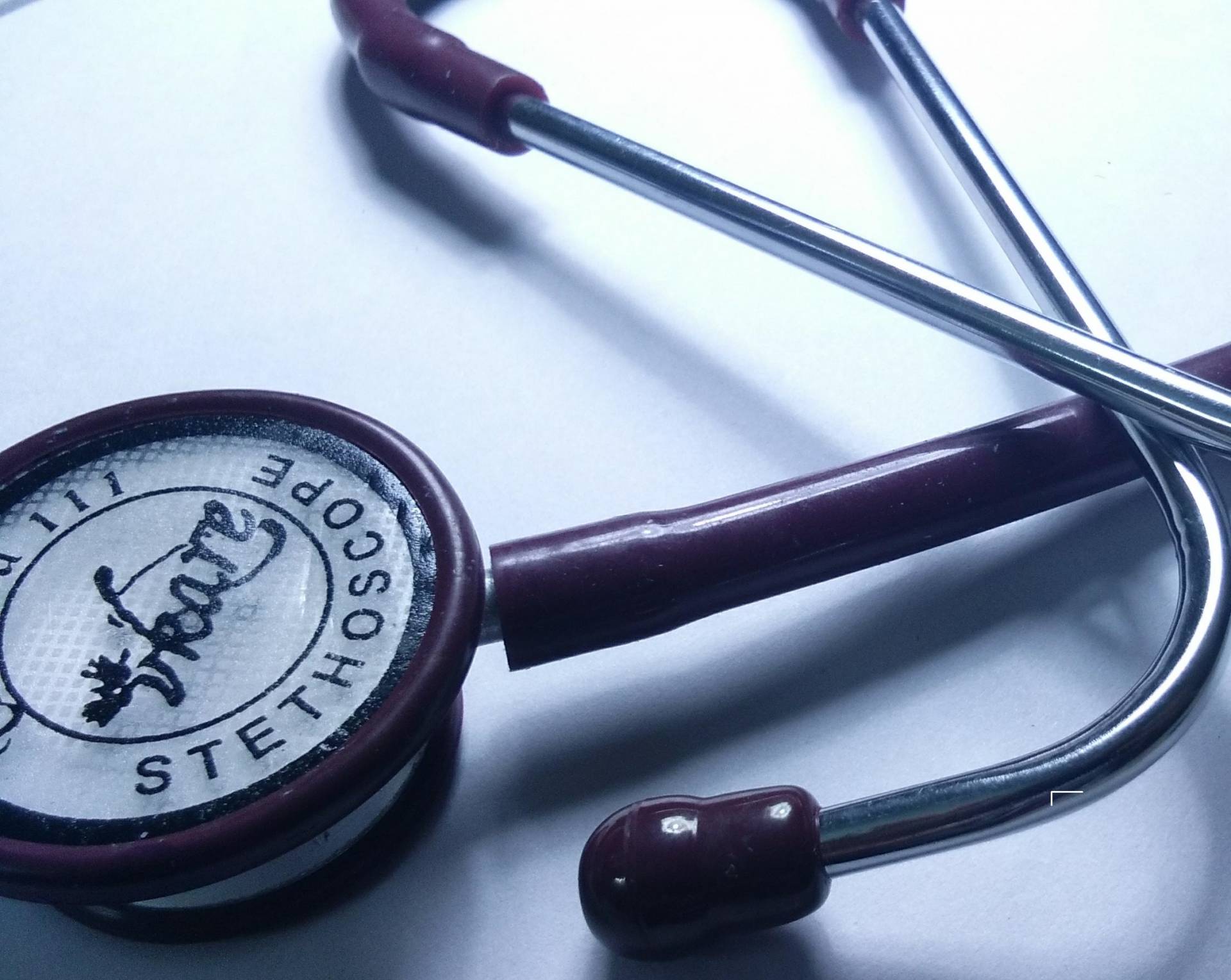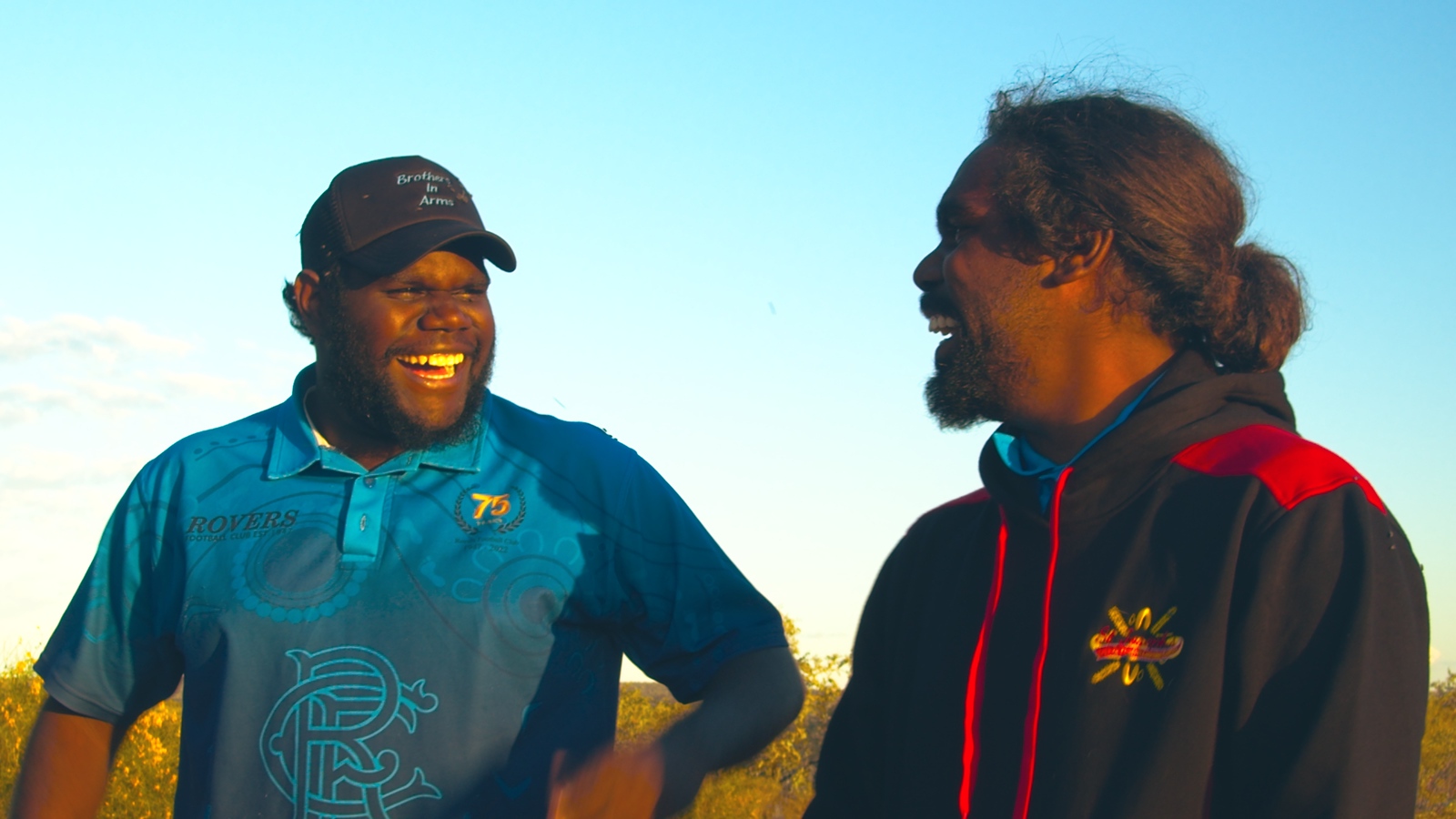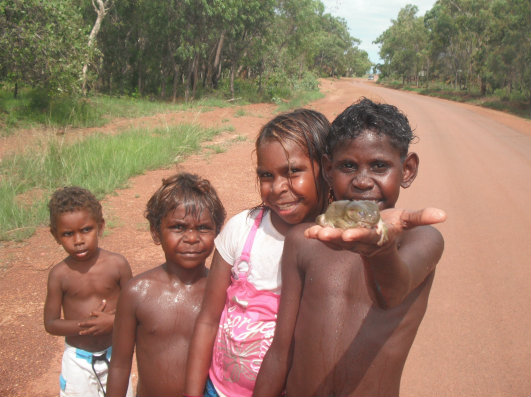Medication shortages are exacerbating an outbreak of an infectious kidney disease in Far North Queensland.
Six children in the Indigenous community of Yarrabah, south of Cairns, have contacted post-streptococcal glomerulonephritis, or APSGN, a rare disease that develops after infections with streptococcus bacteria.
Gurriny Yealamucka Health Service director Jason King has told the ABC, dwindling supplies of Bicillin L-A, the preferred treatment for APSGN is making it harder to control the outbreak.
“We’re really faced with difficult circumstances where we’re forced to use second-line alternatives which are often more difficult to administer across a time frame.”
The treatment is facing a global shortage.
National Pharmacy Guild Queensland branch president Chris Owen says Australia, “Is at the mercy of worldwide trends.”
“Over the past six months antibiotics have been a particularly low source priority,” he said.
“When I say that, it’s not the fact that we haven’t wanted them we just haven’t been able to get them.”
The Therapeutic goods administration has acknowledged the importance of a reliable supply of antibiotics, but has been advised by the treatments manufacturer, Pfizer, that the supplies will be limited until late next year.
Remote Aboriginal communities rely on antibiotics to treat a broad range of infections, as many as one in two remote living Aboriginal children suffer from a skin infection at any one time.
According to the conversation, ear infections, pneumonia, and sexually transmitted infections means antibiotics need to be prescribed frequently and broadly.
This has lead to increased rates of antibiotic resistance across remote Indigenous communities.
In addition, underlying social determinants of Health like crowding, and poor access to facilities such as working washing machines and overcrowding have can lead to bacteria spreading more quickly.
According to the World Health Organisation antimicrobial resistance contributes to almost five million deaths from bacterial infections each year.





